Examining the Components of Metaverse Cities and Presenting a Conceptual Model in Line with the Approach of Tangible Cities
Mahyar Arab Bour Bour1, Mohsen Dolaty2
1- PhD Student, Department of Architecture, Karaj Branch, Islamic Azad University, Karaj, Iran, mahyararabbourbour@gmil.com
2- Assistant Professor, Department of Architecture, Karaj Branch, Islamic Azad University, Karaj, Iran, dolatymohsen@gmail.com
Abstract
This paper explores the infrastructure, layers, and influential technologies related to the parameters of metaverse cities and their effects on solving urban problems. The research methodology used in this paper is qualitative and of the descriptive-analytical type, with library research employed for data collection. The study initially addresses the population growth of cities and the inability of cities to respond based on their physical characteristics, followed by an examination of digital and metaverse cities like Helsinki, Kyoto, Seoul, and metaverse projects such as Meta, Microsoft Mesh, etc. Reviewing outcomes from papers by authors like Damar, Hank, and Vermij, it is understood that a conceptual model for metaverse cities is necessary. Subsequently, the paper describes basic concepts such as digital city and metaverse, history, and classification of digital cities to define characteristics (transportation, individual nature, rapid development, communication methods, etc.), layers (ten-fold technology, interface, interaction, and information), and infrastructure (strategic document, economic, communication, etc.). The next stage involves discussing the advantages and disadvantages of metaverse cities and then examining tangible cities from the perspective of functional activity and unsuitable urban contexts. Finally, with the arrival of the third millennium and the advent of the third generation of the internet in the field of information technology and its integration with people’s lives, the paper presents a suitable conceptual model to operationalize metaverse cities as an unparalleled solution and employs hardware and software methods to solve urban problems, particularly in large cities. This model encompasses characteristics, layers, and infrastructures that address specific goals, including the amelioration of unsuitable urban contexts.
